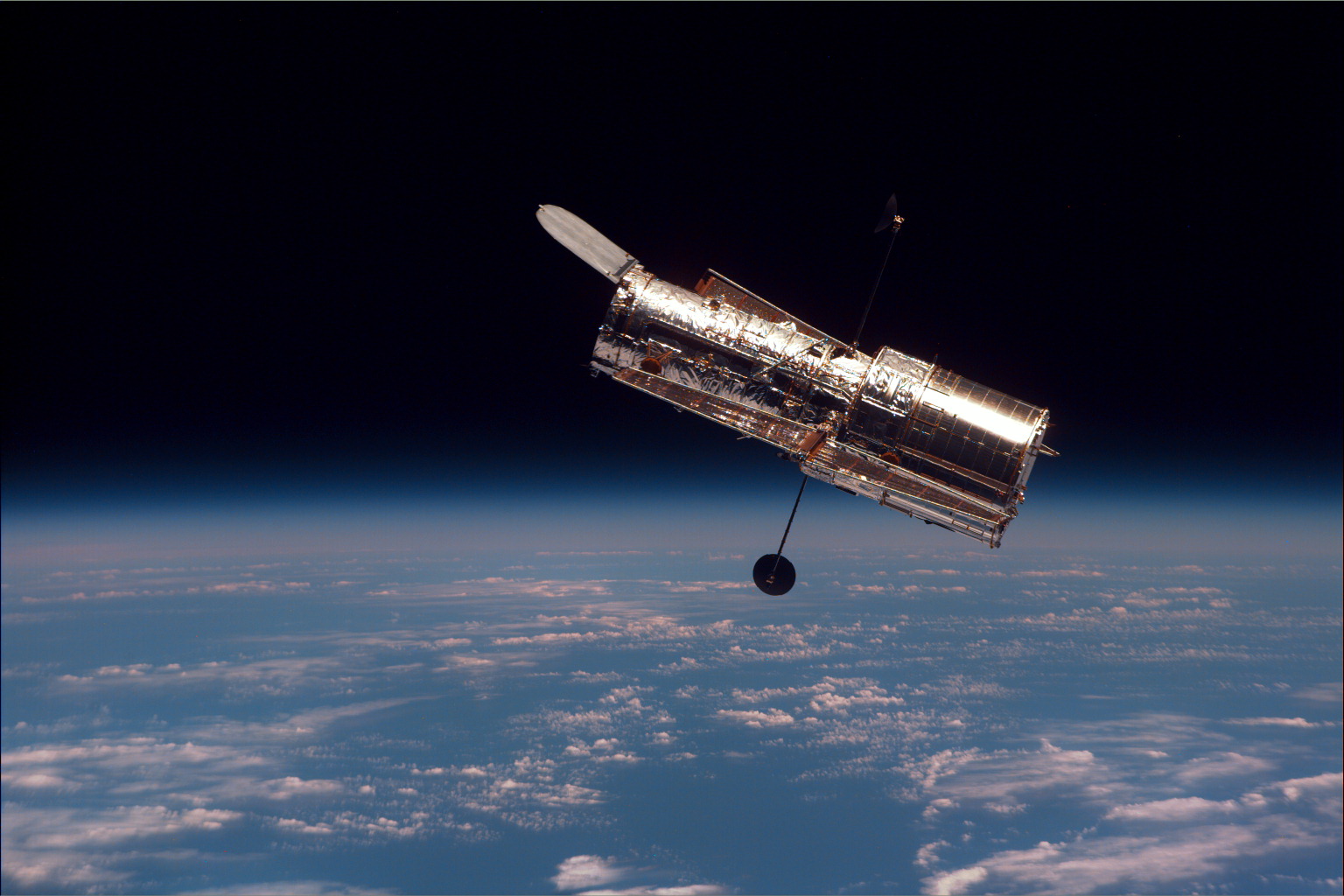|
List Of Space Observatories
This list of space telescopes (astronomical space observatories) is grouped by major frequency ranges: gamma ray, x-ray, ultraviolet, visible, infrared, microwave and radio. Telescopes that work in multiple frequency bands are included in all of the appropriate sections. Space telescopes that collect particles, such as cosmic ray nuclei and/or electrons, as well as instruments that aim to detect gravitational waves, are also listed. Missions with specific targets within the Solar System (e.g. the Sun and its planets), are excluded; see List of Solar System probes for these, and List of Earth observation satellites for missions targeting Earth. Two values are provided for the dimensions of the initial orbit. For telescopes in Earth orbit, the min and max altitude are given in kilometers. For telescopes in solar orbit, the minimum distance (periapsis) and the maximum distance (apoapsis) between the telescope and the center of mass of the sun are given in astronomical units (AU). ... [...More Info...] [...Related Items...] OR: [Wikipedia] [Google] [Baidu] |
Hubble 01 The Hubble Space Telescope (often referred to as HST or Hubble) is a space telescope that was launched into low Earth orbit in 1990 and remains in operation. It was not the first space telescope, but it is one of the largest and most versatile, renowned both as a vital research tool and as a public relations boon for astronomy. The Hubble telescope is named afte |

